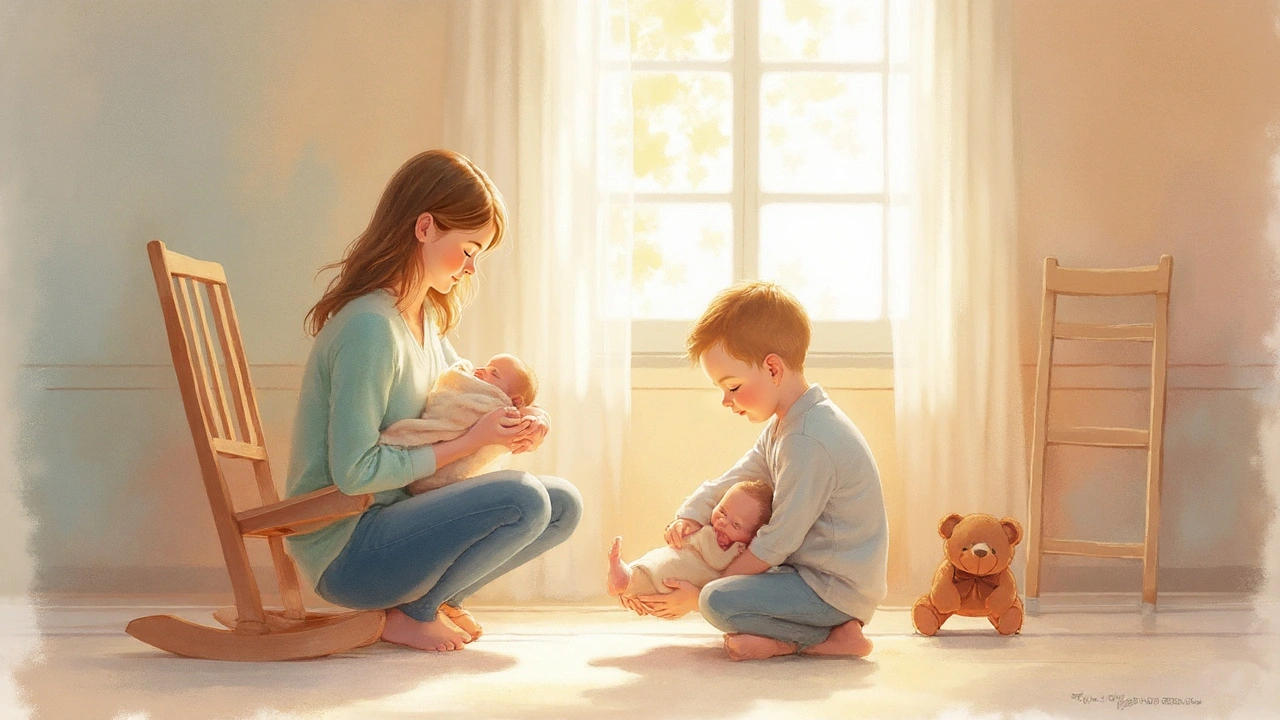
Infancy Milestones: What to Expect in the First Two Years
A clear, friendly guide that walks parents through the physical, cognitive, and emotional milestones they can expect from birth to 24 months, with practical tips and a handy comparison chart.
Every kid hits milestones at their own pace, but there are clear markers that tell you whether growth is on track. From the first smile to walking, these checkpoints help you spot strengths and spot‑check any concerns early. Knowing what to expect saves you from endless guessing and gives you confidence when you talk to your pediatrician.
0‑3 months: Babies should start lifting their heads, focusing on faces, and making cooing sounds. By the end of month three, they often reach for toys and smile back.
4‑6 months: Rolling over, sitting with support, and babbling “ba‑ba” are common. Hand‑eye coordination improves, so you’ll see them grasping objects.
7‑12 months: Crawling, pulling up to stand, and saying first words happen here. Expect a lot of curiosity as they explore objects with mouths and hands.
1‑2 years: Walking becomes steady, and toddlers start using two‑word phrases like “more juice.” They love imitating actions, so you’ll hear a lot of “I’m doing it!”
3‑5 years: Fine motor skills sharpen; kids can draw simple shapes, dress themselves, and follow multi‑step instructions. Socially, sharing and playing cooperatively become important.
First, remember that a few months’ delay doesn’t always mean a problem. Keep a simple log of the skill you’re watching and how often it shows up. If a child consistently misses a milestone after six months of observation, bring it up at the next check‑up.
Ask the pediatrician about simple screening tools—they can quickly assess language, motor, and social skills. Early intervention programs are available and often free; they’re designed to give extra support before any gap widens.
In the meantime, create a rich environment: read together, offer toys that promote fine motor work (like blocks), and talk about daily activities to boost language. Play is the fastest teacher, so join in and model the skills you want to see.
Every family’s journey is different, but staying informed and proactive makes a huge difference. Use these milestones as a roadmap, not a race, and you’ll help your child thrive at their own speed.

A clear, friendly guide that walks parents through the physical, cognitive, and emotional milestones they can expect from birth to 24 months, with practical tips and a handy comparison chart.